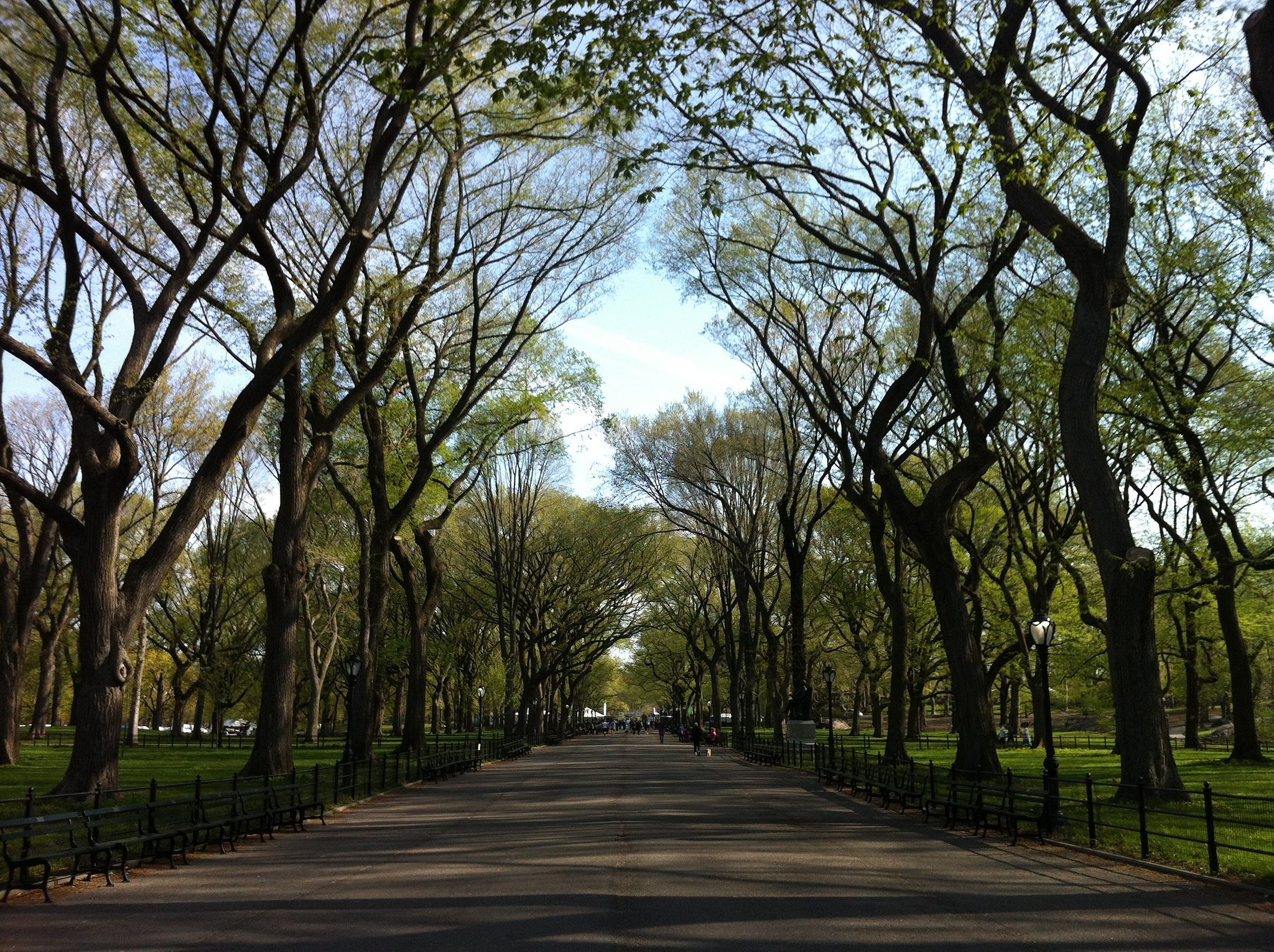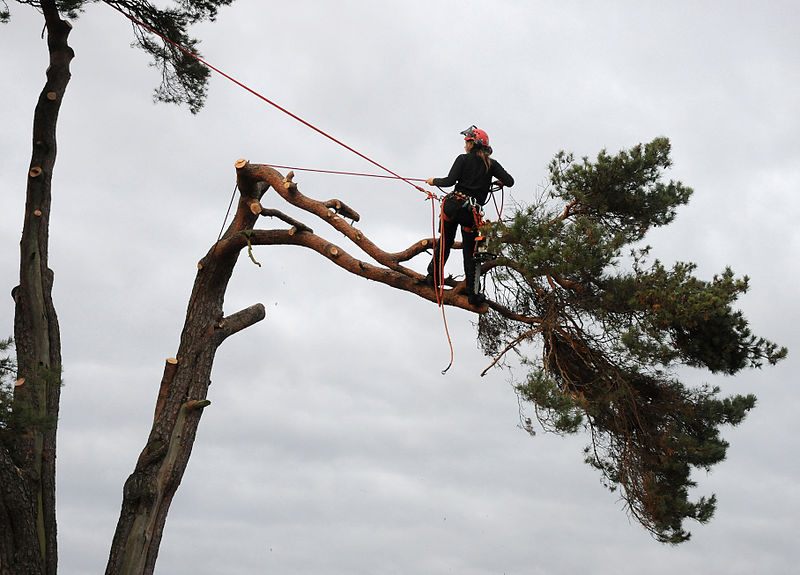Get Out of the Office and Into the Trees as an Urban Arborist
Cities all over the world are looking for daring people to care for the canopies.

The city trees need love, too. Can you give it to them? (Photo: Helen Alfvegren/CC BY 2.0)

In the annals of childhood pleasures that can be turned into actual careers, being a professional tree climber is probably near the top. Who wouldn’t want to spend their days scaling mighty trunks? And now you can do so amid the fast-paced pleasures of the big city, as the field of urban forestry becomes increasingly large and diverse.
Arborist jobs—known as tree surgeon or tree doctor jobs in the U.K.—come in many different varieties, but almost all of them start with climbing trees and going to school. According to Nick Crawford, a San Francisco arborist working for the Davey Tree Expert Company, jobs like his are perfect for anyone who likes working outside and isn’t afraid of working high off the ground.
“What kind of person goes to work each day swinging from the trees?” he says.“It’s just so far removed from a regular desk job. It requires someone who just has a fearless attitude.” Crawford has been working as an arborist for most of his life, beginning with a job at his father’s landscaping business as a teenager. He continued to focus on his love of arborculture up through college, earning a degree in urban forestry.

An arborist in Seattle deals with a cedar tree. (Photo: Wonderlane/CC BY 2.0)
One of the biggest differences between urban forestry and the duties of a general arborist have to do with scope. As Crawford told us, in addition to working to care for specific trees and their issues, someone looking to get into urban forestry will need to consider more macro issues. An arborist may need to convince state and municipal governments to spend money on tree care, and learn how to maintain and improve general canopy coverage.
There are also the issues caused by the limited space available in city environments. “In a place like San Francisco, people have a million dollars riding on whether they can see the Golden Gate Bridge outside their window,” says Crawford. “Maintaining that branch-by-branch specificity is pretty important to them, and that’s where I come in.”
Two of the central tasks for an urban arborist are pruning out branches from the canopy—either to allow more light in or to thin out large branches that become dangerously heavy—and removing entire trees by chopping them down from top to bottom. While trimming branches from a tree might seem like an easy task, it takes a great deal of training and schooling to do properly. “It’s kind of like cutting hair, probably,” says Crawford. “It looks simple when you watch somebody do it, then you try cutting hair you’ve scarred your child’s head for life.”
Climbing trees to prune out branches or remove the entire structure is dangerous even to trained arborists. Whether they are dealing with huge chunks of a tree that is being taken down, or working with power tools, dozens of feet off the ground, safety is a primary concern. Crawford says that before his crews head out for each day, they hold a safety meeting to reinforce and discuss the best safety practices surrounding a wide range of possible hazards. “Everything from electrical hazards to wildfires,” says Crawford. “A friend of mine had a safety meeting at his shop where they were talking about sports nutrition, because we’re essentially industrial athletes.”

A treacherous operation on a pine tree. (Photo: TS Eriksson/CC BY 3.0)
Not every tree is created equal, either. Crawford says his favorite tree to work on is the gingko tree, which has become a common urban sight over the last century or so. “It has this very cool, upright structure with great natural branching,” he says. “It doesn’t take a lot of work.” In contrast, the sycamore is widely considered one of the most difficult trees to deal with due to the fine dust it produces, which has a tendency to irritate arborists’ eyes and sinuses. Then of course, there are the more obvious culprits. “In terms of climbing, it’s the stuff with the thorns and spines that are a massive pain,” says Crawford.
But even with all of the dangers and training involved in the job, being an urban arborist inspires a great sense of community among those that work in the field. “There’s something about the risks and working up in the air with power tools that just makes people come together to share information and figure out how to do things better and safer,” Crawford says.
As urbanization increases, the need for urban arborists is growing with it. Crawford says that there is an increasing lack of qualified arborists to meet the growing number of unique challenges that urban forestry presents. Professional tree climbers are more in demand than ever.
There are urban forestry jobs over all over the country, but if you’re interested in starting a career caring for city trees you could try contacting a national company like Davey Tree Experts through their recruiters, or keeping an eye on the Society of Municipal Arborists’ job board. You, too, can get out of the office and into the trees.
Thanks for reading AO Jobs, the weekly column where we spotlight jobs and career opportunities that you can apply for right now, to bring some wonder and adventure into your working life. See any listings? Get in touch!















Follow us on Twitter to get the latest on the world's hidden wonders.
Like us on Facebook to get the latest on the world's hidden wonders.
Follow us on Twitter Like us on Facebook